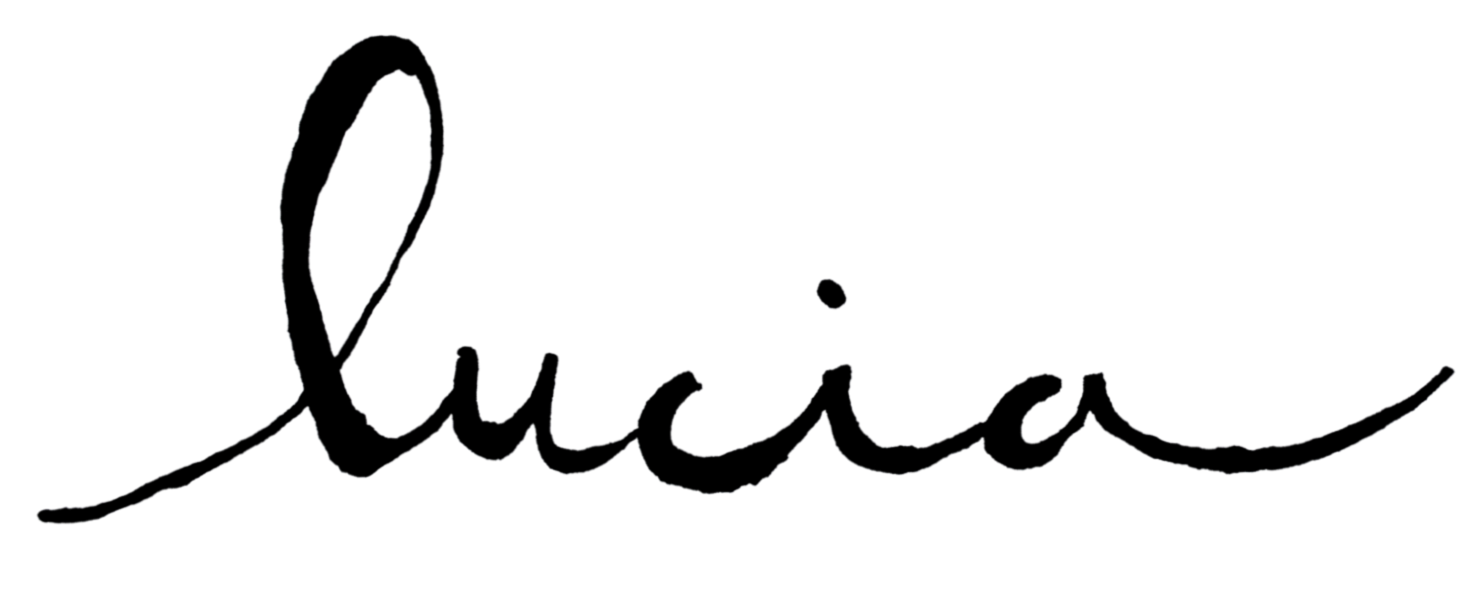Photo by Dana Dralle
Because May is for mothers and gardens, a story in two parts about those things and other things too. This is part two. Find part one here.
“Tending a garden is fundamentally creating a place...”
Rooted by Sarah Anne Childers
Two years into my time gardening at Laura's she retired and moved to a small town in the Cascades. She rented out her city home, and I continued to garden in the backyard. The summer Laura retired, her daughter moved back to Seattle, perhaps to stay Laura told me, hopeful. Laura asked if I minded if her daughter visited the garden to pick raspberries. I did not mind. In fact, I hoped to meet her.
Ever since finding Little’s stone I had imagined Laura’s daughter as a girl in the garden puttering beside Laura as my daughter did now with me, as I had with my mother in her sprawling garden in the foothills of the Olympic Mountains. Laura liked that there was a little girl playing in her garden again. She even lent us the tools her daughter had once used - sturdy pint-sized rake, shovel and hoe, the last my daughter's favorite because it was so excellent for whacking the soil, and the poor lilac hedge too when she thought I wasn’t looking.
I didn’t see Laura’s daughter in the garden that summer. At the time I wondered if she came when I wasn't there to nibble raspberries and perhaps search for Little’s stone, which I made sure not to disturb. I wonder now if she knew already what I have come to know in my bones and hands that seek dirt, and that is this: a mother’s garden is more than a garden. I wonder now if that knowledge drew Laura's daughter back or kept her away or perhaps both simultaneously, a push-pull I can appreciate.
My first spring in Laura's garden, I hauled in bags of musky compost to dig into the beds. And then, after whispering a little prayer to whatever deity looked after seed packets, I planted. I had a tentative plan, a fuzzy vision of the possibilities plus a mandate from my daughter that “we grow strawberries and juice and granola bars, mama!” But mostly I made it up as I went, guided by the fantastical whims of a novice and a child (this explains the root beer mint and dragon's tongue beans).
Photo by Sarah Anne Childers
I did begin with the demanded strawberries of course, taking my mother’s advice to seek out bare root crowns. My mother visited me at Laura’s garden. I told her about a space in the back bed that I didn't know how to fill, and she came with a carpet of black-eyed susans from her garden wrapped in damp newspaper. A year later she took back to her garden shovels full of soil with calendula starts that had self-sown from seeds I scattered at Laura’s the previous summer, and I felt part of a web that is big and old. Along with flowers and tools and essential props, my mother brought wisdom and faith too. She knew how to grow things - plants and people. She had faith that I could grow a garden, raise a daughter.
I gardened at Laura’s for several years. Sometimes it was exhilarating and sometimes it was tedium, but always the garden was a place to create in ways that were blessedly simple and tangible. Always the garden was a place to feel rooted, solid in the spin. The delicious yield of those five raised beds seemed the point of gardening at the start but in the end they were the bonus round. (But what astonishing bonuses! Sugar pie pumpkins in the fall and snap peas in the spring. Swaths of bitter persian cress that bolted dainty yellow buds. And sprouting from every once bare nook clusters of borage with its star-shaped periwinkle flowers that delighted the bees and fuzzy leaves that tasted like cucumber.)
Life sped up and filled out, and I relinquished Laura’s garden. It was someone else's turn. I went for a time without my hands in the dirt. This spring I feel the longing again. It is an itch in my hands, fingernails too clean. I long to root. I look west from the balcony of my box in the sky, past the rooftops of my city neighborhood to the Olympic Mountains. I look to my mother’s garden that is more than a garden.
Sarah Anne Childers is the online editor at luciajournal.com where she happily toggles between curating creatives as an editor and creatively curating ideas and the words they live in as a writer.
sarah@luciajournal.com









